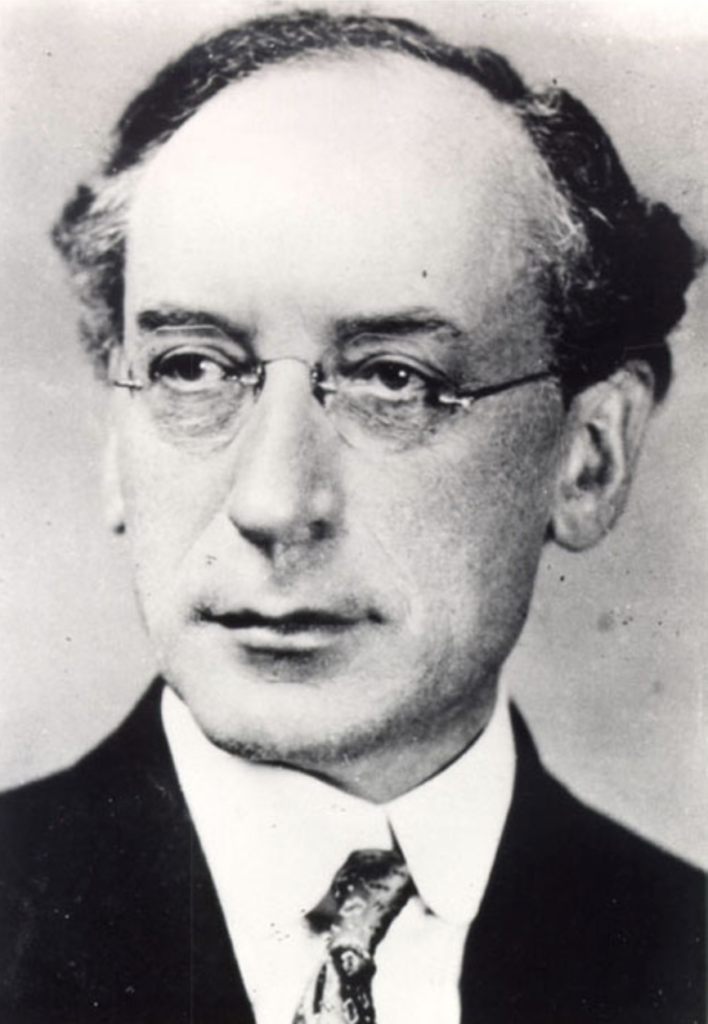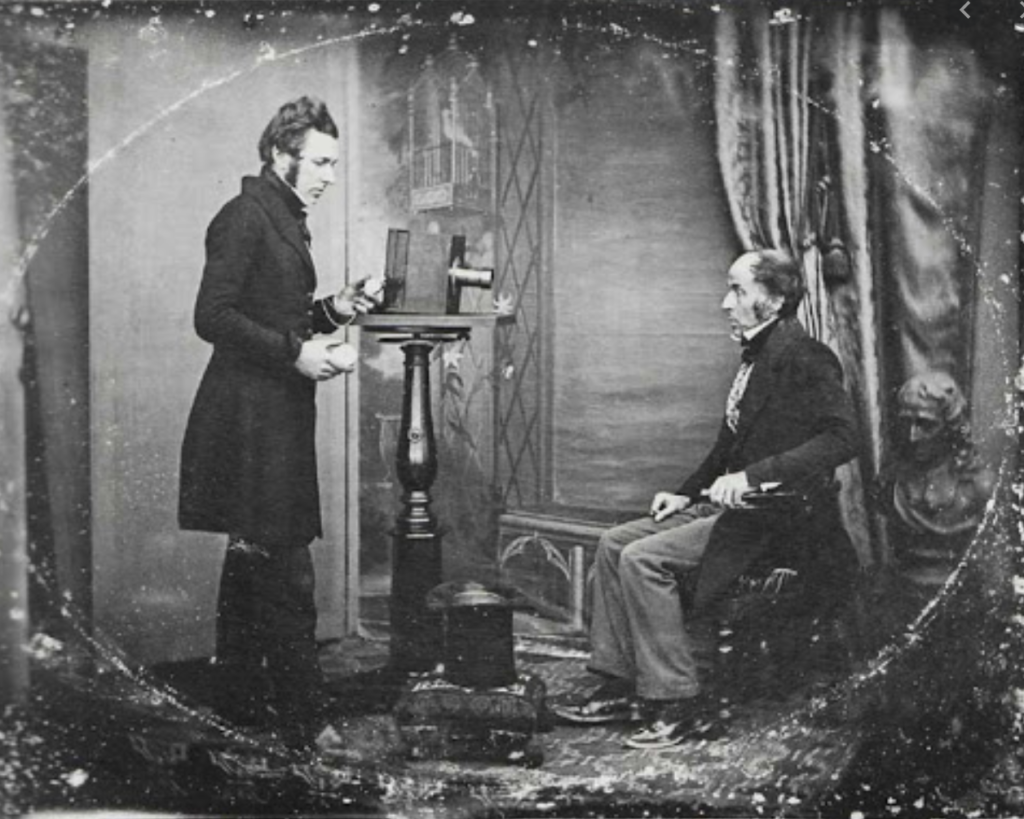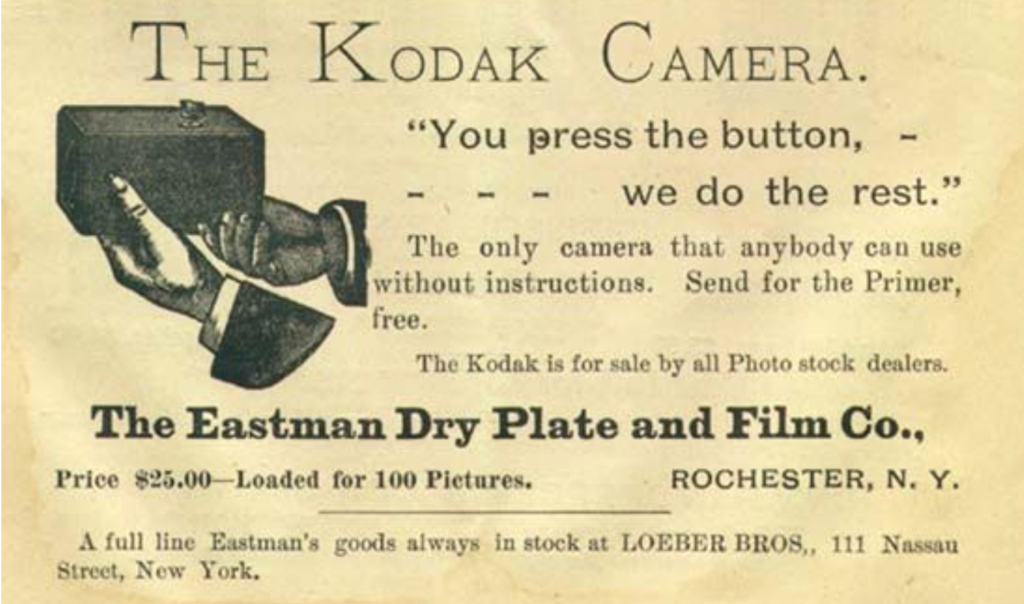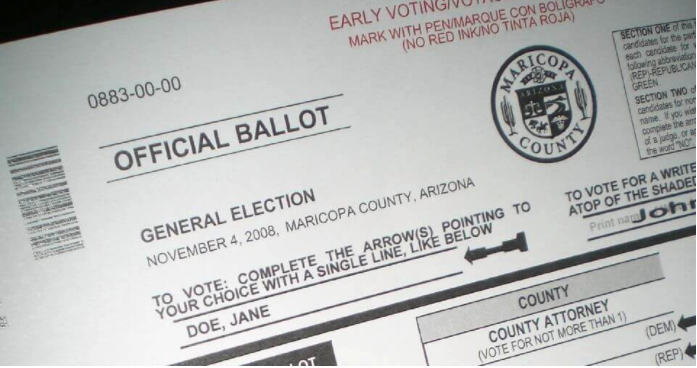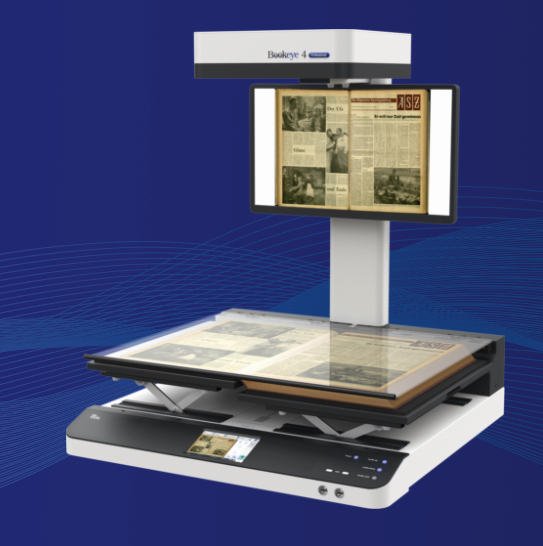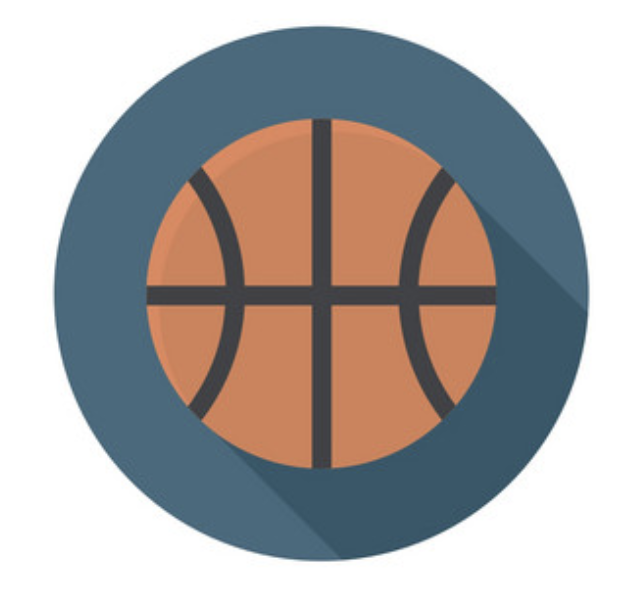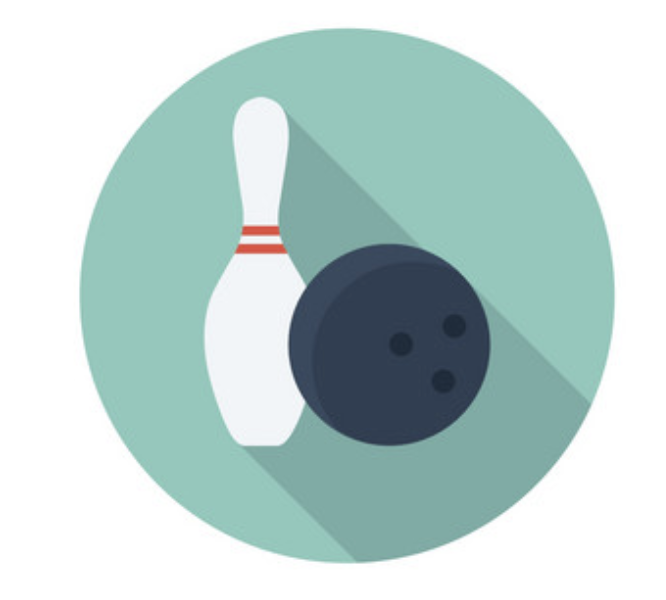Look around you, New Yorkers. What do you see, in the most literal way? Bricks, of course! We live in a city made out of bricks. These humble little rectangles of baked earth – red, yellow, or glazed into unnatural colors – constitute the visual signature of New York. Until the grand old 19th and 20th century buildings are replaced by the glass and aluminum cereal boxes poking straight up, they remain the single most dominant building cladding material and gives the city the warm earth-tone glow of the old industrial city it once was.
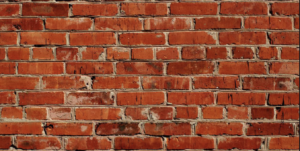
But no one thinks too much about the poor, humble brick except maybe architects, bricklayers, designers and the people who actually create them. For the curious among us, who need to know the whats and wherefores of even common objects, brick might be a candidate for a morning’s research – where do they come from? How are they made? Why is New York so full of brick and not pine or plastic or Vermont granite?
If you are so inclined to add another brick to your wall of learning, the next stop would be find some expertise on the subject. And that is what brings us to the remarkable 200-year old General Society of Mechanics and Tradesmen Library at 20 West 44th Street in Manhattan. This subscription library, which is open to the public for a small fee, offers a 100,000+ volume collection of urban construction information that is a builders’ dream. You want to know about bricks? Here’s a sample of what their catalog offers on the subject.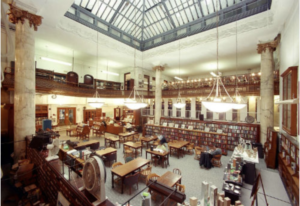
Library at the General Society of Mechanics and Tradesmen
The headquarters is stunning inside, with a soaring skylight and enough turn-of-the-century oak details that make you think CorneliusVanderbilt himself is about to drop off his overdue books on railroad construction and engineering. And a little odd bit of interest: the library houses a collection of more than 400 rare and unusual locks. The society hosts a lecture series, curtailed now because of the Covid, but check back in when life returns to whatever will be the closest to normal we can muster. You can use the locksmithing collection to practice your safecracking skills or simply brush up on the finer points of designing supertall plumbing risers.
Details on the Society’s library, services, fees and hour are here.
GET SMARTer EXTRA CREDIT!

